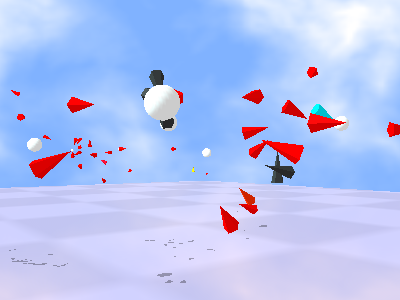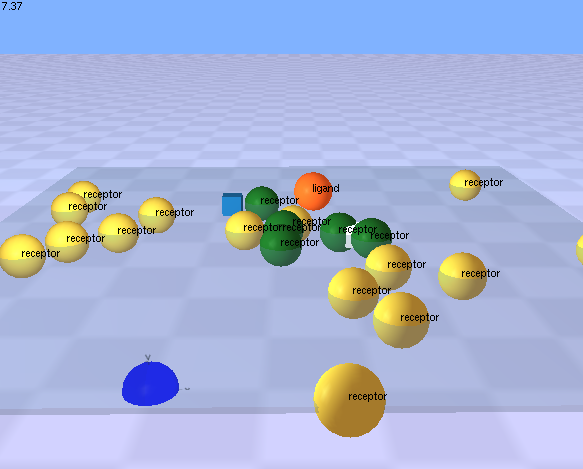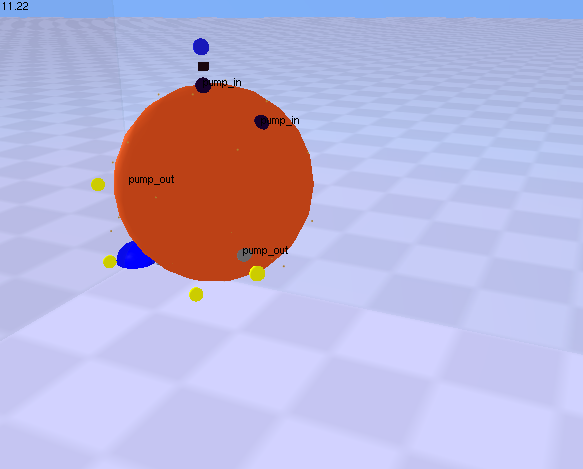Difference between revisions of "Magrathea"
| Line 12: | Line 12: | ||
[[The Magrathea Manual: Building Coordinated Agent Models]] | [[The Magrathea Manual: Building Coordinated Agent Models]] | ||
| + | |||
| + | [[Magrathea Installation and Use]] | ||
| + | |||
| + | [[Example model files for Magrathea]] | ||
Revision as of 12:43, 5 August 2009
What is Magrathea?
Magrathea is a prototype application that demonstrates the use of Coordinated Agent Modeling (CAM). Coordinated Agent Modeling or Context Aware Modelling explores the idea that animation and simulation of molecular pathways belong to the same continuum. The prototype also explores the idea of an abstract concept called a coordinator to capture the idea of context in molecular pathways. You can read more about Magrathea and CAM in the Magrathea Manual.
The Magrathea Manual Contents
The Magrathea Manual: Coordinated Agent Modelling Explained
The Magrathea Manual: Coordinated Agent Modelling By Example
The Magrathea Manual: Building Coordinated Agent Models
Magrathea Installation and Use
Example model files for Magrathea
Click here to go back to the Donaldson page on the BiO web site.
Example movies
Here are some sample movies from the Magrathea project. These examples are taken from the second part of the manual: Coordinated Agent Modelling By Example.
Click on the pictures to view the movies. Your web browser requires a plugin (like Quicktime) that is capable of viewing mpeg files. Click the back button in your browser to return here when you are done viewing the movie.
| This is a simple demonstration of the use of rules by coordinators.
This example shows a substrate (molecule 1) that undergoes a state-change (phosphorylation) upon interaction with a kinase (molecule 2). The state change is visualized by a colour change. | |
| This demonstration shows a somewhat more complex use of rules to demonstrate the process of lateral signalling.
In this example, a ligand molecule binds to a membrane-bound receptor. On binding, the receptor changes state (becomes activated) as indicated by a colour change. The receptor in this new state also gains the ability to bind to and activate other membrane bound receptors. The overall effect is that a single ligand-receptor binding event initiates a lateral cascade of receptor activation events. | |
| This demonstration shows a set of rules that control translocation into and out of a spherical compartment. A number of ligand molecules (blue) bind to a surface receptor (black) on the orange compartment’s surface. The coordinator handling this ligand receptor interaction encodes a rule that translocates the ligand into the orange compartment and changes the state of the ligand such that it is capable of binding to a second receptor (grey) that is also a surface component of the orange compartment. This state change is associated with a colour change for the ligand molecule (blue to yellow). A second coordinator handles the interaction between the ligand and the second receptor and encodes a rule that translocates the ligand out of the orange compartment. Once the ligand is outside the compartment, its state (yellow) prevents it from assembling with the importing receptor (black) for a second time. | |




